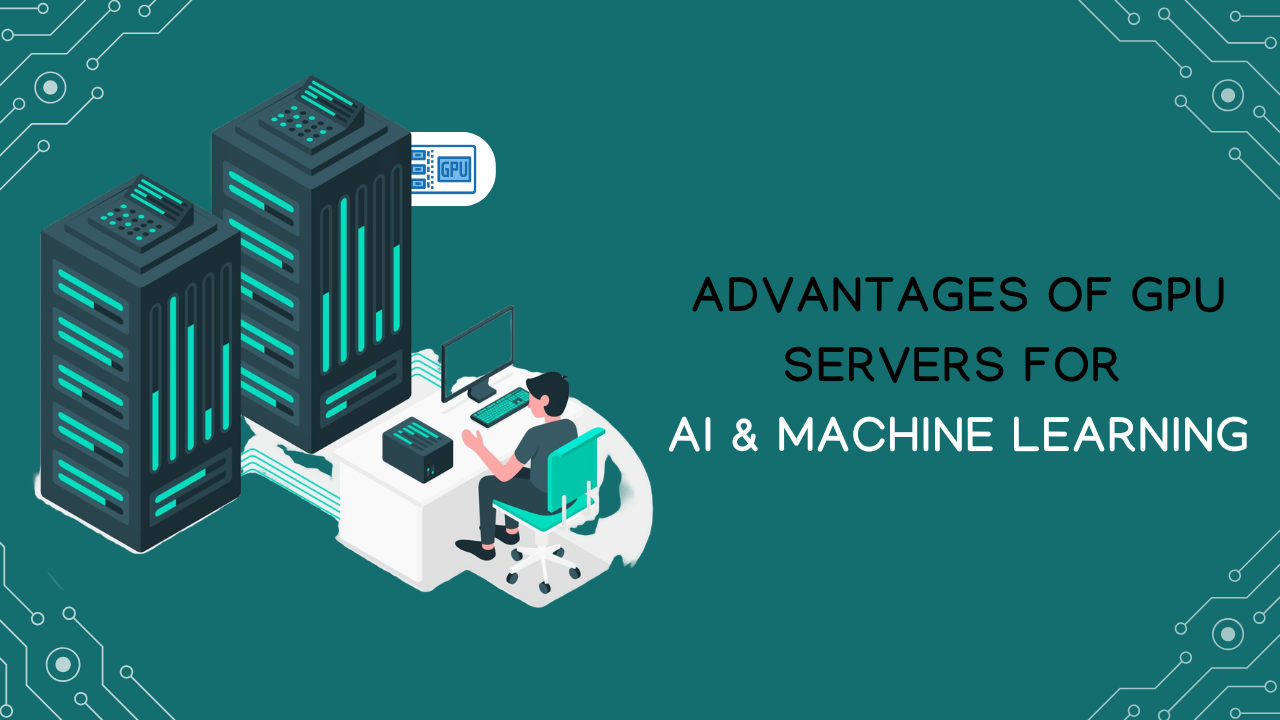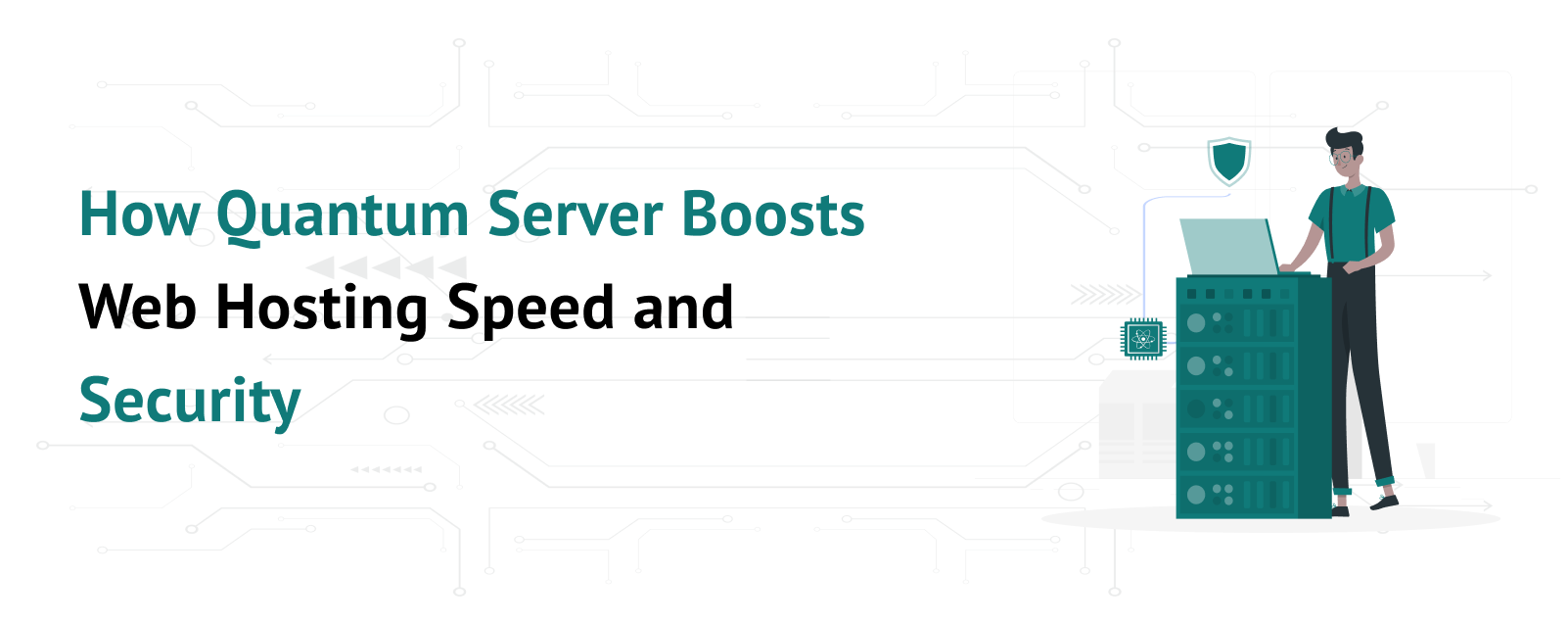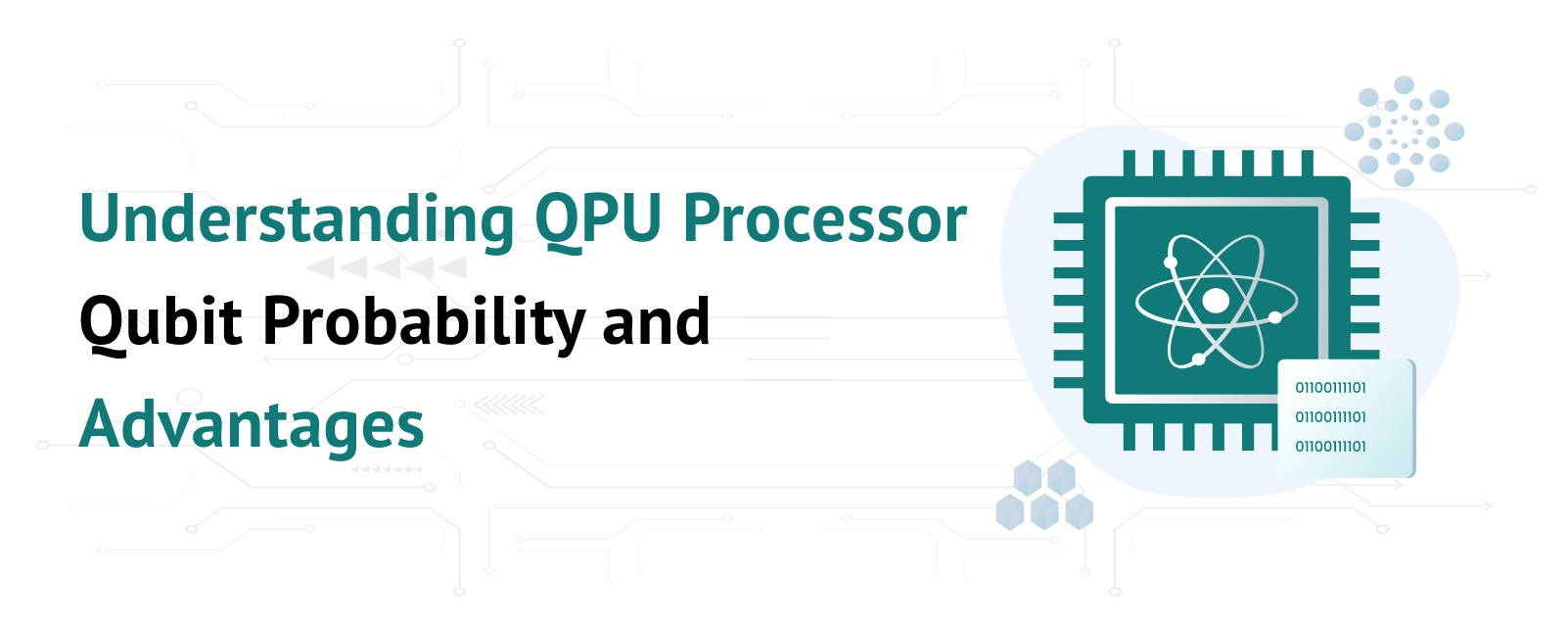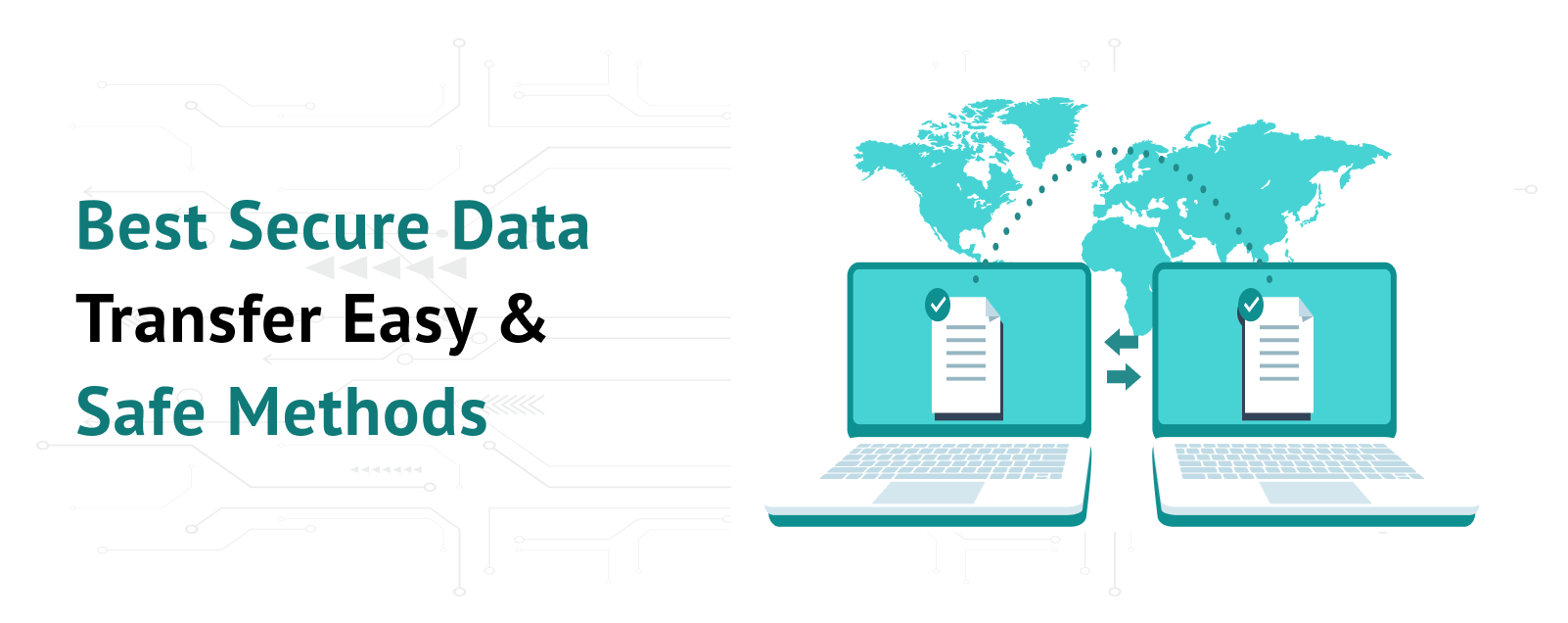In today’s technologically advanced world, high-performance computing is in high demand. This need is particularly apparent in domains that demand a lot of data processing, such as artificial intelligence (AI) and machine learning (ML). These functions were previously performed by central processing units (CPUs), but Graphic Processing Units (GPUs) have become a potent substitute. Particularly for AI and ML tasks, GPU servers with one or more GPUs offer significant advantages over CPU-based servers.
Table of Contents
What is a GPU Server?
A server that combines GPUs and CPUs is known as a GPU server. GPUs are specifically made to do several computations at once, whereas CPUs handle broad processing duties and are necessary for practically every computer operation. Because of their superior parallel processing capabilities, GPUs are perfect for jobs like complicated algorithm execution and graphic rendering. A GPU server is ideal for high-compute jobs like deep learning, neural network training, data processing, and sophisticated computations in domains like scientific research, gaming, and particularly AI and ML since numerous GPUs can cooperate to carry out thousands of tasks simultaneously.
Key Advantages of GPU Servers
GPU servers can process information much faster than traditional CPU servers. With GPUs, complex mathematical calculations, which are typical in AI and ML, can be completed in seconds rather than minutes or hours. This speed is crucial in applications where large amounts of data need to be processed quickly. For instance, training a machine learning model involves analyzing and processing extensive datasets, and a GPU server can perform this training faster and more efficiently than a CPU.
Enhanced Parallel Processing
GPUs have thousands of cores that work in parallel, allowing them to handle multiple calculations simultaneously. This parallel processing capability is essential for AI and ML models, which require extensive data processing. Unlike CPUs, which focus on completing one task at a time, GPUs can manage numerous tasks at once. For example, training deep neural networks often involves breaking down tasks and running calculations on different sections of data, making the parallel processing ability of GPUs highly beneficial.
Cost Efficiency
Although it may have a higher upfront cost than CPU servers, they provide significant savings in the long run. With faster processing, less time and energy are required to complete tasks, leading to cost savings. Additionally, a single GPU server can replace multiple CPU servers for specific tasks, reducing both hardware and operational costs. For companies engaged in AI and ML, investing in GPU servers can result in faster project timelines and reduced computational costs.
Better Energy Efficiency
GPU servers tend to be more energy-efficient than CPU servers for intensive computational tasks. Because GPUs can handle multiple tasks simultaneously, they require less power over time to accomplish the same amount of work. In fields like AI and ML, where tasks can take days or even weeks to complete, this energy efficiency translates to lower electricity costs and a reduced environmental impact.
Scalability and Flexibility
They are designed to scale as business needs grow. You can easily add more GPUs to a server to increase processing power, allowing companies to handle more complex tasks or larger datasets. For AI and ML projects, this flexibility is invaluable. For example, if a company’s machine learning model requires more power as it grows, additional GPUs can be added without the need for a complete infrastructure overhaul.
Advantages of GPU Servers for AI and Machine Learning
In AI and ML, model training and testing are critical steps that require processing massive datasets. GPU servers significantly accelerate these processes, allowing developers to train and test models faster. Faster training means that AI models can be developed and deployed more quickly, enabling businesses to bring AI-powered solutions to market sooner. In competitive industries, this speed offers a strategic advantage.
Handling Large Datasets
Machine learning models thrive on data, but handling and processing large datasets can be a challenge with CPU servers. With its ability to process large volumes of data, is ideal for AI and ML applications. They allow data scientists to work with extensive datasets, which improves model accuracy and performance. GPU servers make it feasible to analyze complex datasets and extract meaningful insights, which is particularly useful in fields like healthcare, finance, and retail, where detailed data analysis is essential.
Improved Accuracy in AI Models
The precision and speed of GPU servers enable the creation of highly accurate AI models. In AI and ML, higher accuracy often depends on running complex algorithms that would be time-consuming on traditional servers. It can run these algorithms faster and more efficiently, allowing for more iterations, refinement, and optimization. This accuracy is especially important in sensitive fields like autonomous driving, medical diagnosis, and fraud detection, where mistakes can have serious consequences.
Enhanced Deep Learning Capabilities
Deep learning, a subset of AI, relies heavily on neural networks that require intensive calculations. These networks, designed to mimic human brain functions, need powerful computing resources to achieve optimal performance. GPU servers, with their high-performance parallel processing, are ideal for deep learning applications. They allow for faster and more efficient training of complex neural networks, making them indispensable for applications like image recognition, natural language processing, and predictive analytics.
Real-Time Processing and Decision Making
In AI and ML applications, real-time processing can be crucial. It excels in applications that require immediate responses, such as recommendation engines, autonomous vehicles, and customer service chatbots. With This, AI systems can analyze data and make decisions in real-time, leading to a better user experience. In sectors like retail and finance, real-time processing enables faster decision-making, which can improve customer satisfaction and operational efficiency.
Conclusion
GPU servers are transforming the capabilities of AI and ML by offering unmatched processing power, speed, and efficiency. They handle large datasets, accelerate model training, improve accuracy, and enable real-time decision-making. For organizations focused on AI and ML, investing in GPU servers can lead to substantial improvements in performance and outcomes. By leveraging its advantages, companies can develop, train, and deploy AI solutions more effectively, giving them a strong edge in today’s data-centric world.



